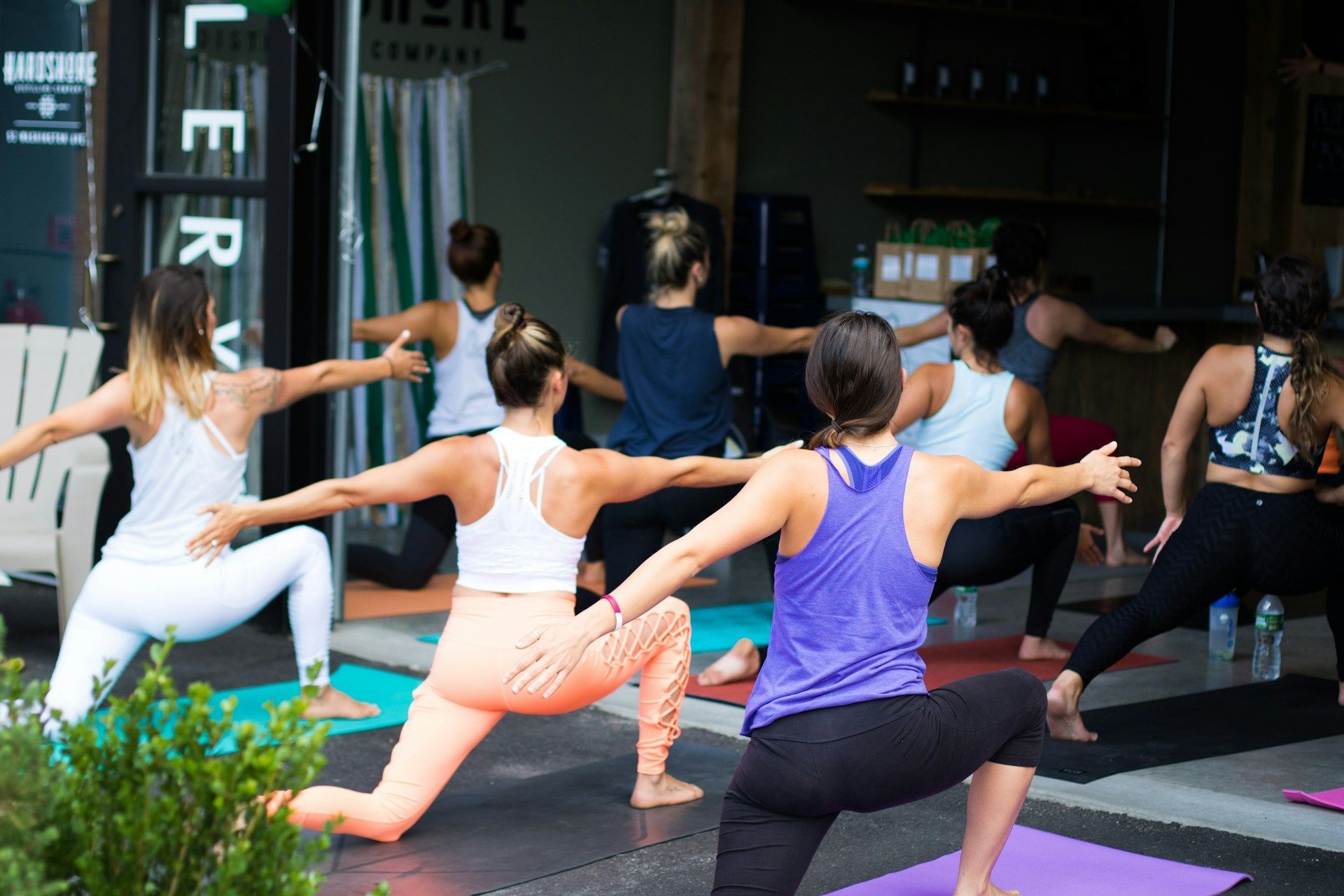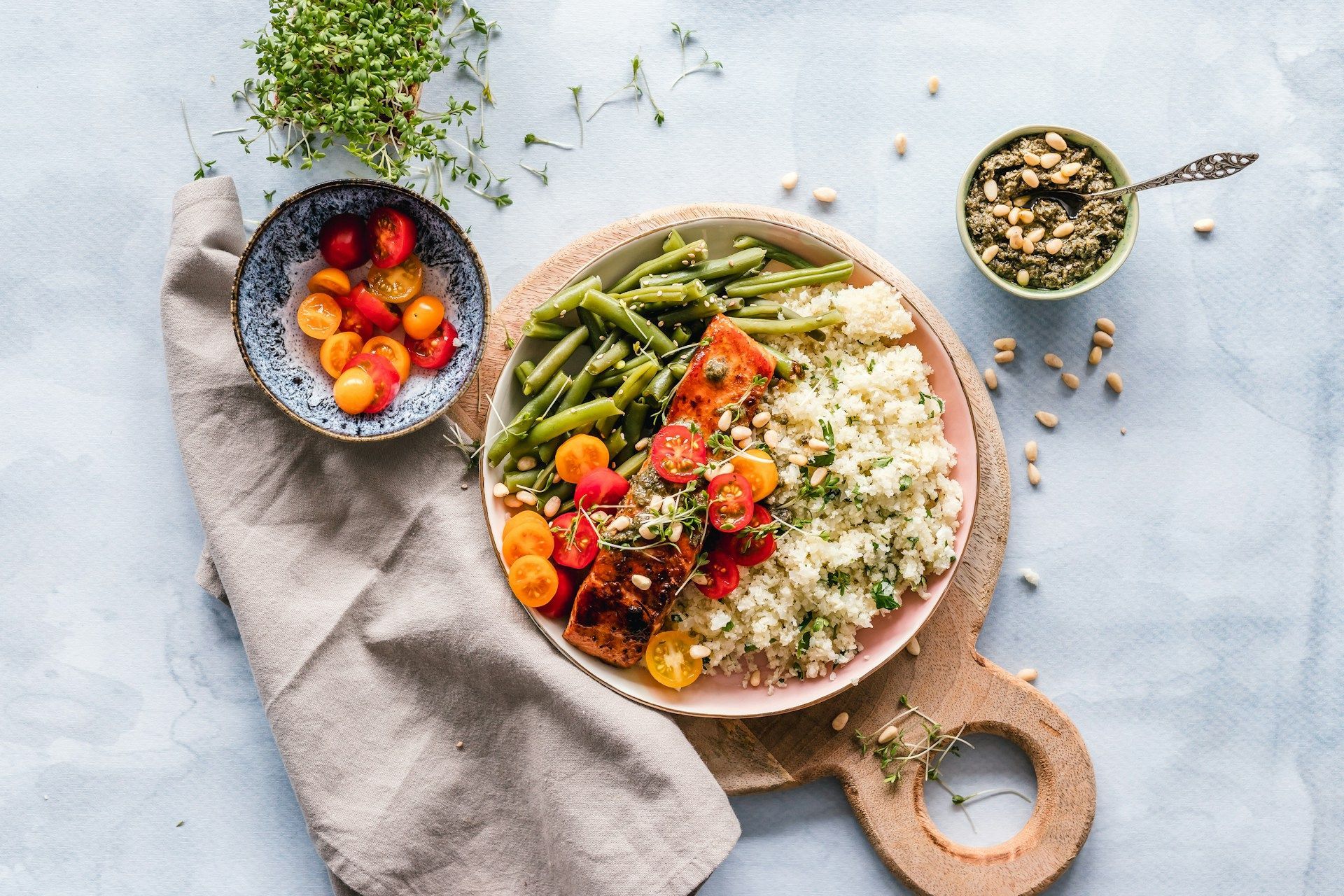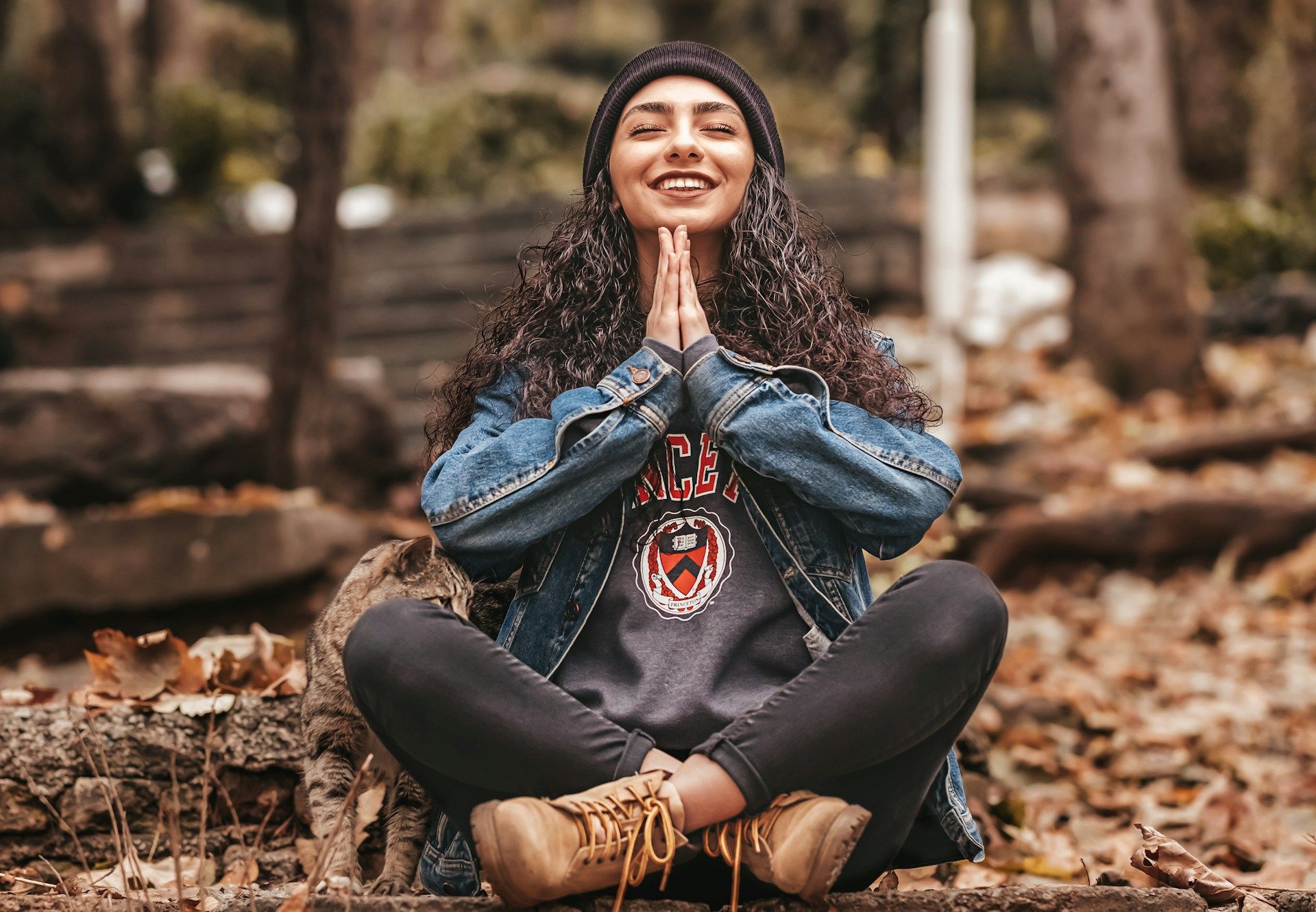How to Personalize Your Yoga Practice: 4 Tips
Keep it safe and make it special <3
If I could make one impossible wish come true as a yoga guide, it would be to have the magical ability to demonstrate every variation of every pose in the short time allotted. That way, you could find the perfect variation for your unique body. Unfortunately, I haven’t yet figured out a way to slow down time, and most folks don’t have hours to spend on the mat, even if they wanted to. That’s why learning how to personalize your yoga practice is so crucial.
Personalizing your yoga practice means performing asana variations that are safe and work for your unique and beautiful self. You can also set the mood, making your practice a much-anticipated celebration of your health. Here’s how.
Why You Should Personalize Your Yoga Practice
Every body is different. Your pose may not look exactly like everyone else’s in the class — and guess what? That’s okay. Everyone has unique variations in bone length, hip configuration, even muscle and connective tissue differences that can change over your lifetime. The bottom line? The same pose variation that works for one person might not work for you. It might not even be safe.
Fortunately, yoga has an extremely low injury rate. Most people find that the benefits in improved physical and mental health far outweigh any risks. However, sprains, strains and occasionally more serious injuries may occur, which is why many guides
avoid headstands and other advanced moves in typical classes.
Pain most often strikes when you strain to get into a pose. Most poses should make you feel a nice stretch, but back off immediately if you sense sharp pain or even considerable discomfort. If possible, ask your guide about variations that may work better for you.
However, even the most skilled guides cannot show every variation or assist every student with needed adjustments within a brief class time. That’s why taking matters into your own hands and choosing the pose variation that works for your unique and beautiful self is so crucial.
Permission to Go Renegade Granted: Don’t Wait for Your Guide
Yes, you have permission to go a bit renegade in your next yoga session. For example, I tend to keep my back relatively straight when doing Janu Sirsasana, even though another name for the pose is head-to-knee. That’s because I have severe degeneration in my lumbar spine. Sometimes, I’ll even use a bolster to support my lower back, although many of my students take the more traditional form.
Other examples of modifying poses include (but are in no way limited to):
- Using blocks or a wall in standing forward fold to support your lower back.
- Using a strap in dancer pose to help support the rear leg
- Stepping back into plank instead of hopping back when doing sun salutations in vinyasa, power or Ashtanga classes
- Lying on your side and using a strap to stretch the front of your thigh as an alternative to half-saddle.
…But Be Polite
That said, there’s a difference between keeping your spine straight in
Janu and taking the front center spot in a vinyasa class, only to do a completely different routine. That doesn’t mean you have to hide in the back. There are only a few of those coveted “shy kids” spots, and your modifications might inspire another student. Just remain mindful and don’t intentionally distract from the group experience. If you’re unsure, go a little early to talk to your guide before class.
4 Tips for Personalizing Your Yoga Practice While Keeping It Safe
The following four strategies can help you personalize your yoga practice and protect your safety. As a bonus, you’ll probably enjoy the time on your mat even more.
1. Tune Into Your Body
Your interoception refers to signals originating from inside your body, including those from your muscles and connective tissues. People perceive and describe pain differently. The standard advice is to stop if you feel “bad” pain, but what is that? Many describe it as “sharp” or “intense.” My neurodiverse self describes it thus: If holding the pose is making you want to scream or cry tears of frustration, you are straining way too hard, hon. Back off and be gentle with you!
Part of the “union” of yoga is getting back in touch with your body’s cues, which people nowadays so often learn to ignore. Please avoid throwing kindling on your internal shame fire by mistakenly thinking, “I must do the pose this way, or I’m not doing it right/challenging myself enough/getting the full benefit.” You reap many more rewards from your practice when you move safely, enabling you to stay on the mat and off the disabled list.
2. Keep It Soft and Loose
I was a group fitness instructor for years before getting sick, and I incorporate many of the safety techniques I learned teaching other disciplines into each yoga class I guide. One of them is keeping your joints loose and soft. Locking your elbows or your knees can damage these areas, sometimes causing pain to radiate to your shoulders, hips or back.
Additionally, take your time transitioning between postures. Choose a slower-paced class if you’re new.
3. Use Props
You have your formal yoga props, like blocks and straps, and your more informal variety, like walls, chairs and even big, squishy stuffed animals. Use any you like to personalize your yoga practice. For example:
- Use blocks to support your back in standing poses, especially if your fingertips don’t quite reach the floor.
- Use a strap to extend your reach in poses. For example, grab one during a single-leg hamstring stretch to play with the extension of your leg if your hands don’t reach your ankles.
- Sit on a block or a bolster to change the angle of seated poses, such as tailor pose or seated forward folds.
4. Talk With Your Doctor
Even though many doctors get little formal training in kinesiology in medical school, many study it in pre-med. Plus, your doctor should understand your existing medical conditions enough to let you know which moves are safe and which you should avoid.
Elevating Your Personalized Yoga Practice
Personalizing your yoga practice doesn’t stop with making the moves safer. If you want yoga to become your healthy go-to coping mechanism, you also need to make it fun and enticing. How you do so is a matter of personal preference — I’ve occasionally had a blast doing yoga dressed in camo on the bare earth in the middle of the forest. However, these general tips can spark your creative juices:
- Dress the part: Some people love high fashion, and if being a member of the Lululemon set makes you smile, then invest in some stylish yoga duds. Others value comfort, like a super-soft set of kundalini-style clothes or even your favorite pajamas.
- Lighting: Banish the harsh fluorescents. If practicing in the sun, you may relish the light. The same goes for practice near a window. Otherwise, dim the lights, use some of today’s new LEDs to set a mood or perhaps add a few candles, electric or soy/beeswax.
- Scent: While you should always be careful with aromatherapy if you have pets, a little essential oil, even dabbed right under your nose, a bit of mist on your mat or from a diffuser, if safe in your space, helps set the mood.
- Ritual: Your yoga practice is sacred, so enhance your space for it however you wish. If you practice in a public studio, invest in a mat that showcases your personality, along with some matching props. If you practice at home, invite any sacred objects you hold dear into it, be they religious/spiritual in nature or pictures of loved ones and favorite places.
How to Personalize Your Yoga Practice
Personalizing your yoga practice protects your safety. You are a unique living being. Reflect it in your flows by choosing variations of each pose that work for your body and leave you saying, “aah.” Investing in the right clothes and props supports your positive new addiction and keeps you looking forward to talking to your mat every day.











